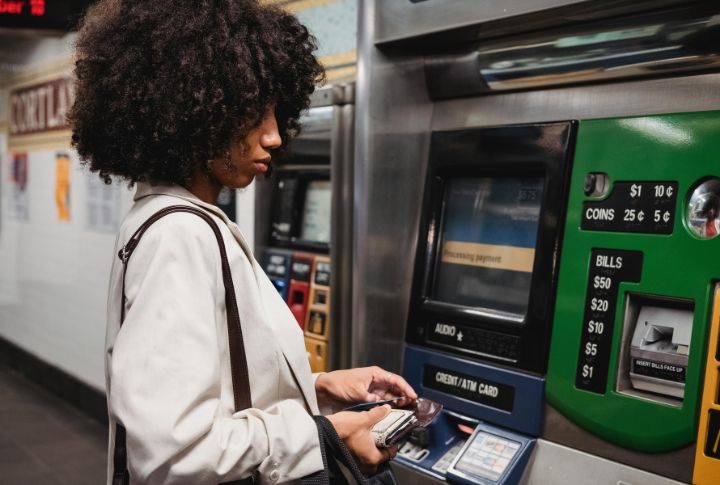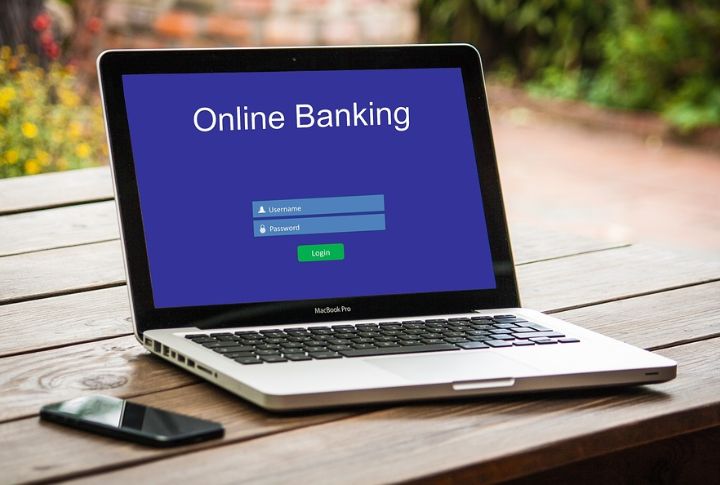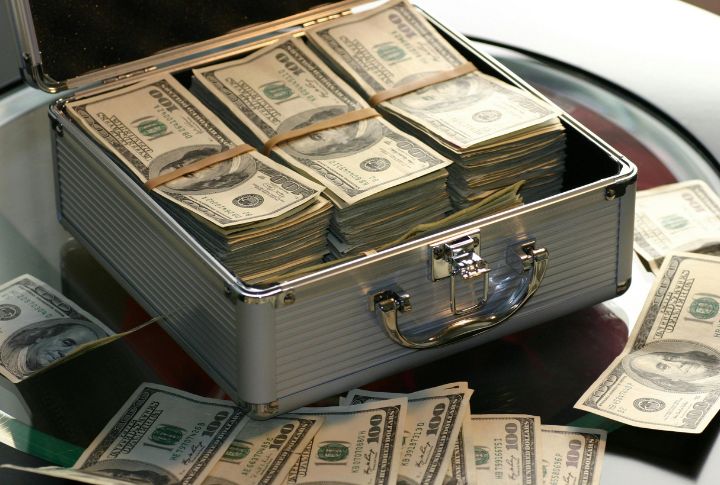
High-yield savings accounts promise easy growth, but the fine print often tells a different story. Rates drop, fees pile up, and flashy offers can quietly drain your balance. What appears to be a safe bet might actually be costing more than it earns. Confused? Here are 15 things that smart savers watch for.
Falling For Introductory Rates

Introductory rates can be beneficial initially, boasting yields as high as 4.5%. However, they can decline sharply, sometimes to under 1%, after a short period. Without close attention to terms and changes, savers might find themselves earning far less than anticipated.
Ignoring Monthly Maintenance Fees

Before opening a high-yield account, look for hidden fees. Some charge $10 monthly if your balance drops too low. That’s $120 per year—sometimes more than what you’ll earn in interest. Plus, make sure the balance requirement fits your budget so you don’t end up paying to save.
Choosing A Non-FDIC-Insured Bank

Just because it looks like a bank doesn’t mean your money’s safe; if it’s not FDIC or NCUA-insured, you could lose everything in a fraud or collapse, as some of these new digital banks skip those protections altogether. So be careful and do your research before committing.
Missing Withdrawal Limits

Think it’s your money, so you can take out whatever amount you want? Not quite. Go over the bank’s withdrawal limit, and you might get hit with a $15 surprise fee. Some banks even switch your savings to checking if you tap it too often.
Getting Hit By Inflation

While a 4% APY can seem attractive, it may still fall short if inflation rises to 5% or more. In such cases, your account grows in dollars but loses real value. Over time, this erodes purchasing power, even if your balance keeps increasing.
Failing To Meet Minimum Balance Requirements

Always check if a minimum balance is needed to earn the advertised APY. Some banks cut your rate to 0.01% if your balance dips even for a day. Hence, set up alerts to track your daily balance. Staying above the threshold also protects your interests and avoids nasty surprises.
Delaying Fund Transfers

Fund transfers to and from high-yield savings accounts usually involve processing delays, sometimes spanning several days. During this period, deposits may not accumulate interest, and that delay can really cost you. Meanwhile, you could be missing better returns elsewhere or scrambling to cover an emergency.
Paying ATM Or External Transfer Fees

While high-yield savings accounts can grow your balance, they frequently charge fees for ATM use and external transfers, typically between $1 and $10 per transaction. Just like a bank’s withdrawal limit, ATM transactions may also be limited. So, make sure you monitor account usage patterns closely.
Falling For Fake Or Sketchy Offers

That “too-good-to-be-true” 7% yield? Turns out, it’s also too good to exist. Scammers love creating fake bank sites that appear authentic, complete with logos, login pages, etc. Always double-check the URL and make sure your “bank” isn’t just someone with Photoshop and bad intentions.
Holding Too Much Cash For Too Long

Savings accounts serve short-term goals well, but holding large sums for too long can limit growth. A $50,000 balance may feel secure, yet it likely underperforms compared to long-term investments. While high yields present stability, they repeatedly lag behind stock market returns over time.
